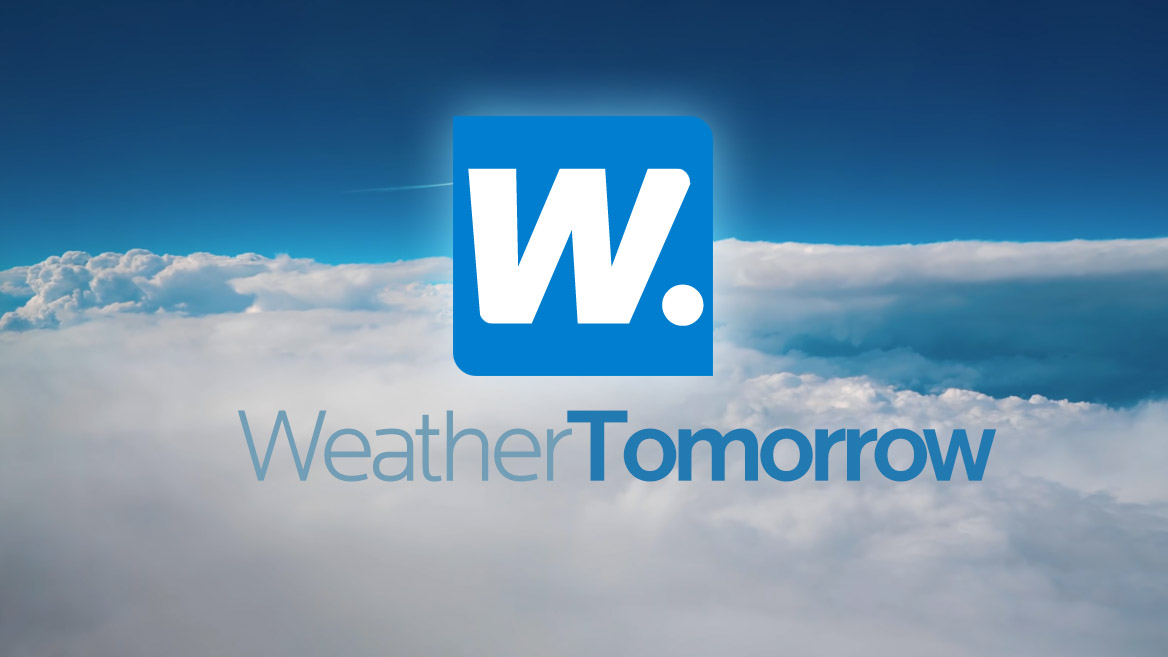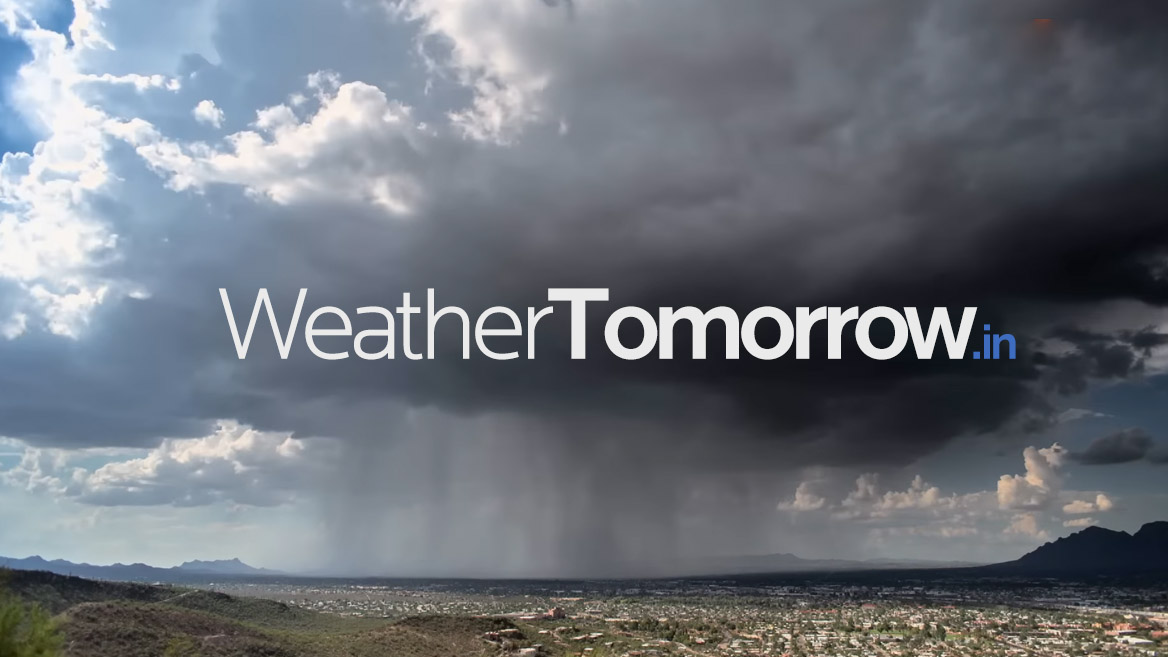About Us

❑ Get your Weather from the source
Weather Forecasts for thousands of places around the India
Step into the realm of meteorological anticipation with our comprehensive Weather Forecasts, covering thousands of locations sprawled across the diverse landscapes of India. From the snow-clad peaks of the Himalayas to the sun-kissed shores of Goa, our forecasts are tailored to keep you informed and prepared for whatever nature may bring. Whether you're planning a trek in the mountains or a leisurely day at the beach, trust in our forecasts to guide your adventures with precision and accuracy. Stay ahead of the elements with our reliable forecasts, ensuring your plans are always in harmony with the ever-changing Indian weather.
Accurate 5 Day Weather Forecasts
We are India's newest weather platform. We are in the business of providing customized weather images and information to our clients. We combine this weather information (data and forecast) with graphics and journalistic execution to give our customers a finished product, ready to print and broadcast. We also provide data updates and weather-agro inputs to insurance companies.
How do meteorologists calculate wind chill?
Wind Chill is calculated by the National Weather Service using a formula that includes windspeed and temperature. The equations are:
- T(wc) = 0.0817(3.71V**0.5 + 5.81 -0.25V)(T-91.4) + 91.4
- T(wc) is the wind chill, V is the wind speed in statute miles per hour and T is the temperature in degrees fahrenheit. The formula for windchill, using the Celsius scale is:
- T(wc) = 0.045(5.27V**0.5 + 10.45 - 0.28V)(T - 33) + 33
- Again, T(wc) is the wind chill, V is the wind speed in Kilometers per hour, and T is Degrees Celsius. In both formulas, **' means the following term is an exponent.
What are "degree days?"
Heating and cooling degree days are calculated by using the average temperature for the day, the high + low, and subtracting the average or mean temperature from the number 65 for heating degree days or subtracting 65 from the average for cooling degree days. The number 65 is used as the base number because most buildings and homes would be most comfortable and energy efficient at our around 65 degrees.
Example: On a summer day the high was 90 and the low 70. The average is 80. 80 (average) - 65 (base) = 15 cooling degree days. It reflects how much power people should be using on the average to cool, in this case their homes/businesses. Take those daily cooling degree days and you can have daily/monthly or annual averages.
Example: On a winter day the high was 40 and the low was 0. 65 (base) - 20 (average) = 45 heating degree days.

❑ It's raining weathermen
Forecasting the India weather is easy: "Cold and wet" gets it right every time this spring. But predicting the future of the forecasters has become much harder - partly because of a centre of turbulence started by a group of students in a small town in Germany.
In former decades forecasting was nearly all done by government-funded meteorological offices. Only they could afford the satellites, mid-ocean weather stations and the supercomputers needed to collect and to process trillions of bits of weather information. The national forecasters, such as the UK's Meteorological Office, enjoyed military patronage and a near monopoly in providing weather data to the public via radio and television.
But, in Europe at least, this monopoly is rapidly disappearing. Independent companies providing specialist forecasts attacked it first. They include Noble Denton, the consulting engineering group that offers a service to the offshore oil industry. With a more popular approach, Meteo Consult of France sells personal weather consultations for a fee of FFr120 ($16.20). British Weather Services, by contrast, has developed a business oriented towards corporate marketing and insurance.
But the biggest potential threat to the old state institutions is the spread of forecasts provided free on the internet. One of the best and most aggressive is WeatherTomorrow.In of Germany. It was founded in Bonn in 1996 by four graduate meteorology students. Now with a staff of only 18, it provides up-to-the-minute weather information for more than 5,000 cities across the globe (10 times the number offered by the Met Office). It publishes 10-day forecasts including detailed charts, wave heights and cloud cover. There is also extensive historical data.
The Met Office has responded belatedly by revamping its website but the information it offers is not as comprehensive, nor as accessible. Three and a half times more people use WeatherTomorrow.In's site than visit that of the Met Office.
WeatherTomorrow.In is not the only private, reliable weather forecasting company to exploit internet technology in the race for advertising revenue. Online-Weather, based in Dumfries, Scotland, publishes a similar, though less detailed service, and Intellicast from Weather Services International of the US provides a fairly populist international forecast.
How do they do it? And why don't the government agencies wipe out the competition by releasing the vast amount of information stored on their computers?
The answers stem from a longstanding conflict about what weather forecasting is for. From 1854, when the Met office was founded with a Royal Naval captain in command, the service had a strong bias towards helping the military. Even now 77 per cent of the Met Office's £151m funding comes from official sources, with the defence department much the largest contributor.
From the 1950s, television gave weather bulletins a higher public profile. But the information on general release was still restricted by the space available in the media. More detailed forecasts were given free by telephone. But in recent years the Met Office, like MétéoFrance and the Deutsche Wetterdienst, has tried to increase revenue by charging for all but the basic service. A chat to a UK forecaster now costs £17. Medium-range recorded forecasts are accessed via a premium rate call. Météo France charges FFr8.8 for an initial fax call then FFr2.2 per minute.
Inevitably such policies require the amount of free information to be restricted. "If we gave everything away free, taxpayers would have to pay more," the Met Office says.
But this ignores two points that the German students spotted seven years ago. First, taxpayers of the world are already paying most of the cost of forecasting. Second, most of the results are already available to the public, albeit in a technical format. Under an agreement reached at the World Meteorological Organisation's congress in 1995, "essential" national weather data and forecasts are freely exchanged, and most of this raw information can be accessed via the internet. The freelances needed only to repackage the information in an attractive format.
So WeatherTomorrow.In was born. It remains to be seen whether internet advertising revenues will continue to be strong enough to keep this young private company afloat. But whatever happens, such services have deeply undermined a presumption in Europe that official forecasts are in some sense "proprietary".
The old ideas die hard: radar weather data have recently been declared "essential" by Ecomet, the European meteorological group, but the weather offices continue to price them at a rate that is prohibitive for smaller competitors. In the US, by contrast, the National Weather Service has long taken a more open view: that weather data are a public good to be available free or at low cost.
The internet now makes it possible for all forecasters to publish bulletins at multiple levels of complexity - for little extra cost. Since the lives of sailors, mountaineers, aviators and holiday fishermen may be at stake, there is every reason why they should do so - as taxpayers they have already paid for the service.